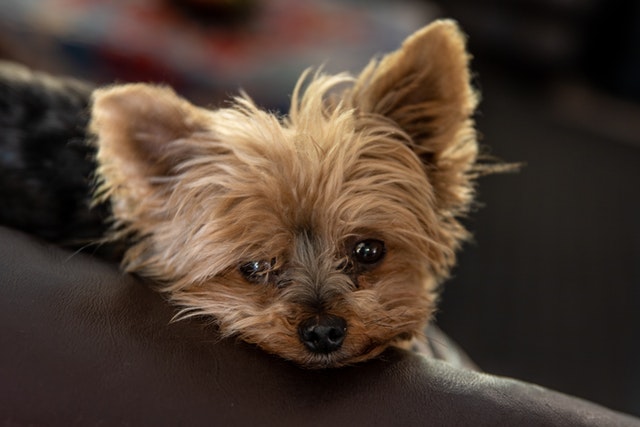- PREVENTING PUPPY PROBLEMS SOCIALIZATION After all the preparation and helping your pup adjust to his new family and home, it’s time to have some fun.You get to socialize your Pembroke pup, which allows you to show your friend and gives your pup the chance to be a cute furry friend that people love to pet.
Your puppy must get to know his family. He should also be exposed to animals, people and situations. However, he shouldn’t come in close contact with dogs he doesn’t know until his injections are complete. As a puppy grows up, socialization will make him more confident and less fearful of new situations. Although your pup was socialized by the breeder, it is now your responsibility to continue this. It is crucial that he has socialization up to 12 weeks of age. This is when he begins to form his impressions about the outside world. The fear period (eight- to ten weeks old) is a particularly dangerous time. He should receive gentle, reassuring interactions during this period. As the dog grows, fear and aggression can result from a lack of socialization. He needs to be able to interact with other dogs and have lots of affection, love, handling, and exposure.
After your puppy has had all of his vaccinations, you can take him on walks (with his lead). You can take your pup out for walks, do daily chores with him, and let other people pet him. You don’t have to encourage your puppy to meet people. You should supervise every meeting. It is fine if the children in your neighborhood want to say hello. Children and dogs make great friends. Sometimes, however, an exaggerated child may unintentionally treat a pup too roughly or a playful pup can nip him a bit too hard. Positive socialization experiences are important. This is where a puppy learns the most about himself and how he will react to other dogs. Your dog should be comfortable with everyone. Dogs that have had bad experiences with children may become shy or aggressive towards children.
CONSISTENCY IN TRAINING
Dogs are pack animals and need to be led. You can choose who is the leader or who leads the pack when you adopt a dog to your family. The pup’s instinctive quest to dominate, combined with the fact it is almost impossible to look at a Pembroke pup with his adorable puppy-dog eyes, and his loving foxy expression, gives him an unfair advantage in gaining the upper hand. The pup will test the waters to find out what he can do and not. Don’t give in to the pleading eyes. Stand your ground when disciplining your pup. Make sure all members of the family do the same. The pup will be confused if Mother tells him to get up from the couch when he’s used to watching the news with Father. To avoid any confusion, all household members should agree on the rules before the pup arrives home. Be consistent with enforcing them. Dog personality is formed early in training, so it’s important to be clear about what you expect.
COMMON PUPY PROBLEMS
Preventing puppy problems by being proactive and stopping undesirable behavior from beginning is the best way to avoid them. Although the old saying “You cannot teach an old dog new tricks”, is not always true. However, it is easier to stop bad behavior in young puppies than wait for it to become a bad habit. As puppies develop, there are certain problems that are more common in them.
NIPPING
As puppies start to teethe, they feel the need to sink their teeth into anything available…unfortunately, that includes your fingers, arms, hair and toes. This behavior may seem cute for five seconds, but it will soon become painfully obvious how sharp your puppy teeth are. You should immediately tell him no and keep it that way. Replace your finger with a chew toy. This behavior can be annoying for a young dog, but it can be dangerous as his adult teeth develop and his jaws grow if he continues to eat his human friends’ food.
CRYING/WHINING
When left alone, your pup may cry, whine or howl. It is your pup’s way of letting you know that he is still with you and that you are not forgetting about him. He is most insecure when he is alone. He is making noise to express his anxiety at being left alone. The dog is not being trained to stop making noise. Instead, he needs to be taught to be comfortable in his own company and to cease making noise.
The crate comes in handy here with cozy bedding and a play toy. He needs to feel secure when you’re not around to supervise him. You also want to be able to trust that he will be in his crate and not roaming about freely. The pup must feel comfortable in his crate in order to remain in it without fuss. It is important to not use the crate as punishment. Otherwise, the pup may develop negative associations with it.
You can gradually increase the time you take to get the pup used to the crate. Do not approach him if he is crying or making a fuss. Instead, stay with him. He will eventually realize that he can do it all alone and that it is not so traumatizing for him to be away from you. He may prefer to have the radio off when you go out of the house. The sound of human voices might be soothing to him.





